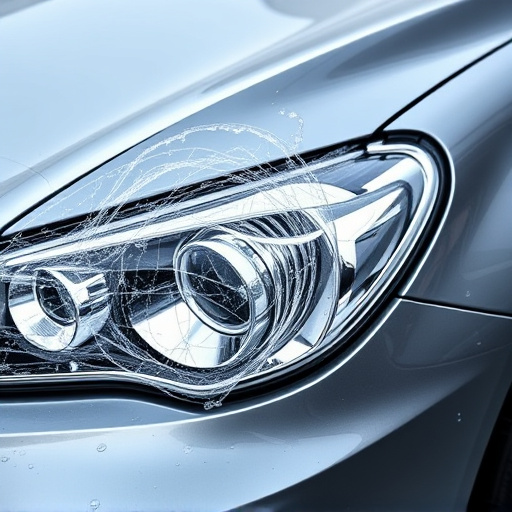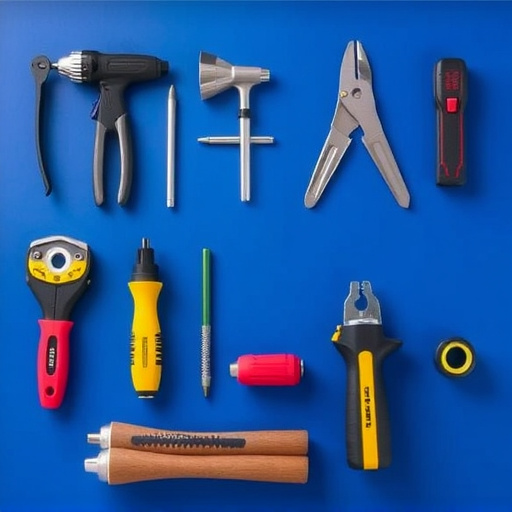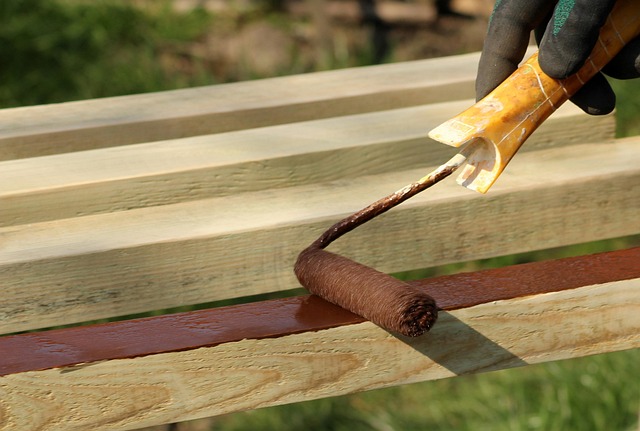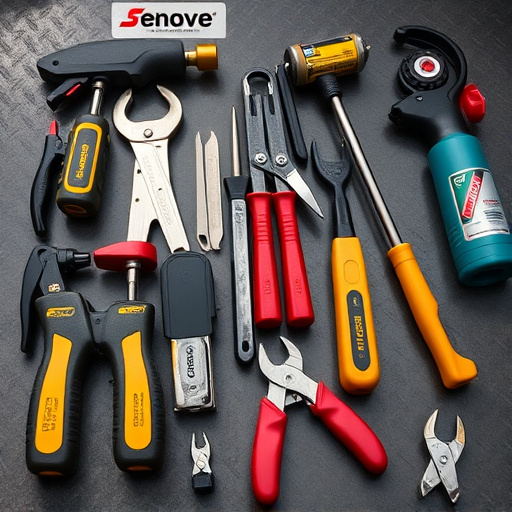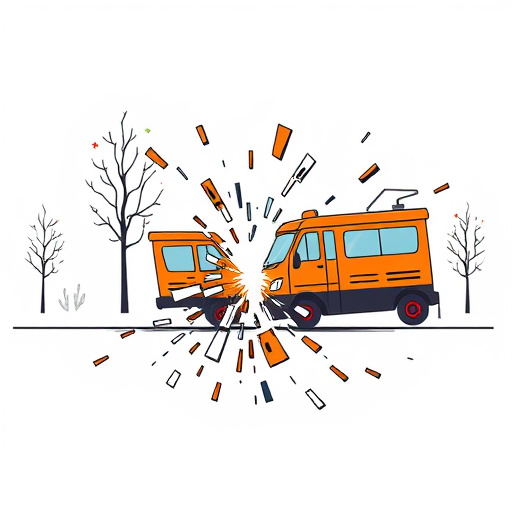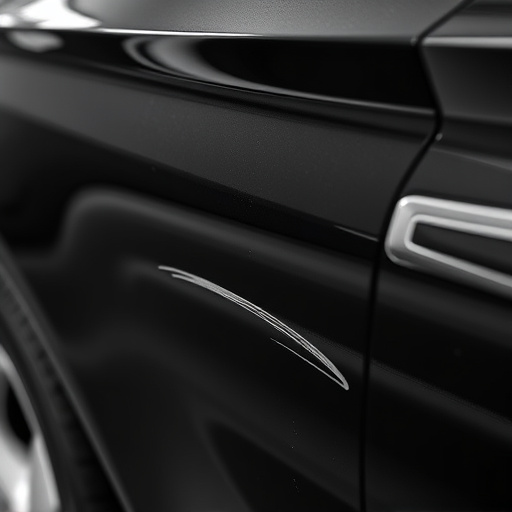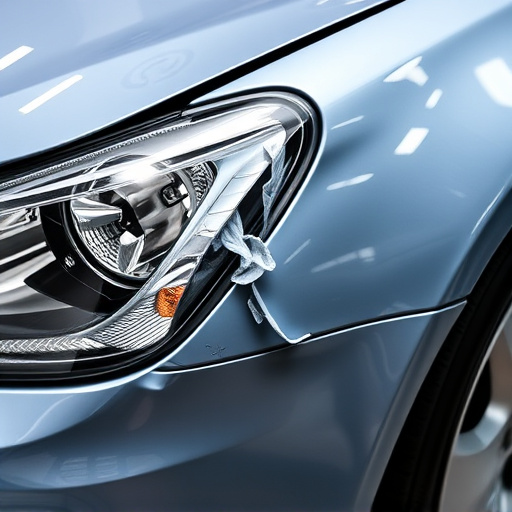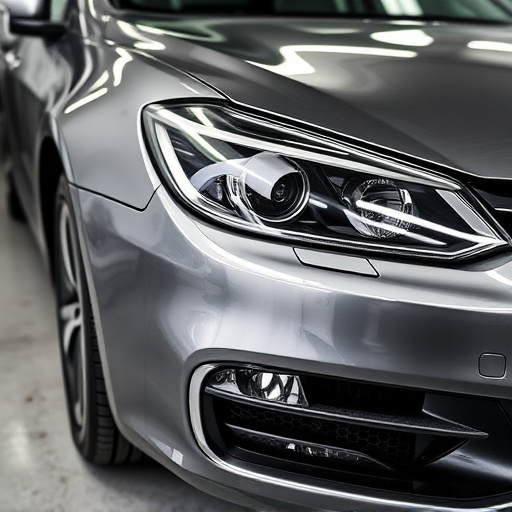Collision repair certification is crucial for facilities aiming premium services, especially for luxury brands like Mercedes Benz. To achieve this, shops must meet stringent industry and manufacturer standards in technical knowledge, repair techniques, and safety protocols. The evaluation process includes inspecting equipment, training, and procedures to ensure effective, safe, and reliable collision repair, particularly for complex cases like hail damage. Regular staff training, updates on materials and technologies, adherence to robust safety protocols, and routine inspections maintain high certification standards, enhancing the facility's positive image in the industry.
“Collision repair certification is a cornerstone for any facility aiming to excel in the automotive industry. This comprehensive guide delves into the intricate process of achieving and maintaining certification standards. From understanding the foundational requirements set by governing bodies to breaking down the step-by-step approval process, we provide invaluable insights. Additionally, we explore strategies for sustained excellence post-certification, ensuring your collision repair facility remains a cut above the rest in a competitive market.”
- Understanding Collision Repair Certification Requirements
- The Step-by-Step Process for Facility Approval
- Maintaining Standards After Initial Certification
Understanding Collision Repair Certification Requirements
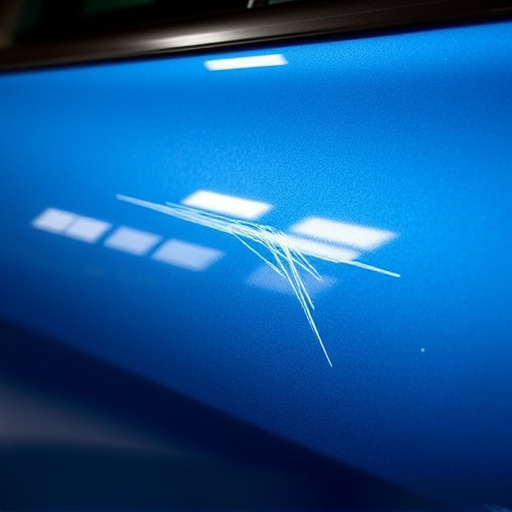
Collision repair certification is a crucial aspect for any facility aiming to offer top-quality services, especially when dealing with premium brands like Mercedes Benz collision repair. To become certified, a shop must meet specific standards set by industry authorities and automotive manufacturers. This involves understanding intricate technical requirements, demonstrating proficiency in various repair techniques, and adhering to strict safety protocols.
The certification process encompasses a comprehensive evaluation of the facility’s equipment, training programs, and overall operational procedures. It ensures that collision repair services are not just effective but also safe and reliable. For instance, in the case of hail damage repair, proper certification guarantees that the facility has the expertise to handle such complex repairs, restoring vehicles to their pre-incident condition while ensuring customer satisfaction and vehicle safety.
The Step-by-Step Process for Facility Approval
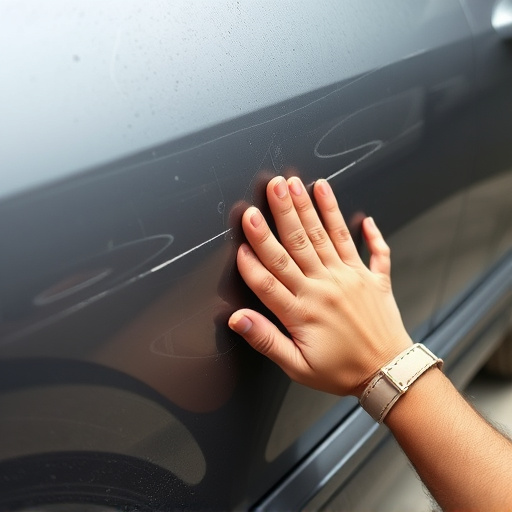
The process for obtaining collision repair facility approval is a meticulous one, designed to ensure quality and safety standards in auto repair services. It begins with an application where facilities detail their operations, equipment, and staff qualifications. This initial step involves submitting comprehensive documentation outlining the facility’s ability to handle various car collision repairs.
Once submitted, inspections are conducted by designated authorities who thoroughly evaluate every aspect of the facility, from workspace layout to specialized tools and training programs for employees. They assess adherence to industry standards and regulations, checking that all procedures and equipment meet the required safety and quality benchmarks. Upon successful inspection, certification is awarded, allowing the collision repair shop to offer their services with official backing, assuring customers of their expertise in handling auto repair needs.
Maintaining Standards After Initial Certification
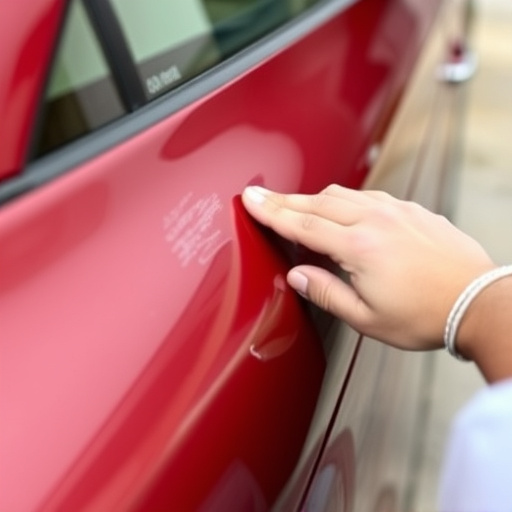
After obtaining collision repair certification, maintaining high standards is paramount to keeping your facility approved and up-to-date with industry best practices. Regular training sessions for staff ensure they stay adept in the latest techniques for car dent removal and other collision repair procedures. Stay informed about advancements in materials, tools, and technologies used in the car body shop to offer top-tier services consistently.
Additionally, adherence to safety protocols is crucial. Implementing robust health and safety measures protects both your team and customers, fostering a positive image of your facility. Regular inspections and audits help identify areas for improvement, ensuring that your collision repair practices meet or exceed industry standards at all times.
Collision repair certification is a cornerstone of ensuring quality and safety in automotive restoration. By understanding the requirements, adhering to the approval process, and maintaining high standards, collision repair facilities can not only gain industry recognition but also foster customer trust. This comprehensive guide offers a roadmap for success, empowering professionals to navigate the certification journey effectively.

